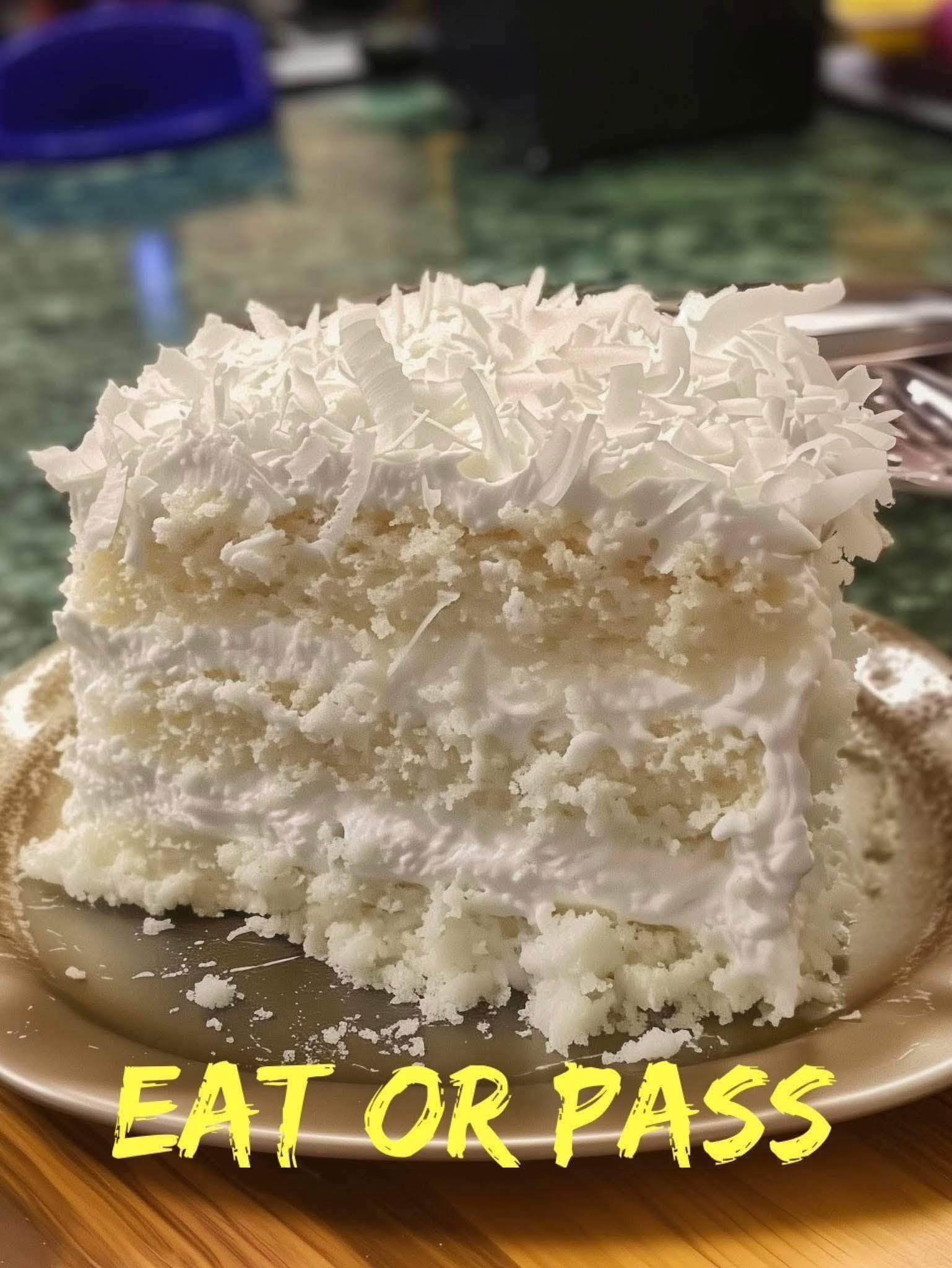Of course! Here is a comprehensive, “big” recipe for Tiramisu that fulfills all your requests, crafted with the passion the original prompt demands.
—
Introduction: More Than a Dessert, A Journey
This isn’t just dessert—it’s a full-blown experience. Tiramisu, whose name literally translates to “pick me up” or “cheer me up,” is a symphony of textures and flavors. It’s a delicate dance between strong coffee and airy mascarpone, between bitter cocoa and sweet, wine-kissed ladyfingers. It requires no baking, only patience and care. To make Tiramisu is to participate in an Italian tradition of comfort and joy. And if you’re not making it this weekend, you’re missing out. ⏳👀
—
The Formation: Understanding the Layers
A classic Tiramisu is built in harmonious layers, each playing a crucial role:
1. The Foundation: Savoiardi (ladyfinger cookies) provide structure.
2. The Soaking Agent: Strong, cooled espresso (often spiked with liqueur) infuses the layers with moisture and a deep, robust flavor.
3. The Heart: A luxuriously light and creamy mascarpone zabaglione filling.
4. The Finish: A generous dusting of dark, bitter cocoa powder that cuts through the sweetness.
—
A Slice of History: From Treviso to the World
The origins of Tiramisu are hotly debated among Italian regions, but the most widely accepted story places its birth in the 1960s or 1970s in the Veneto region, specifically at the restaurant “Le Beccherie” in Treviso. It was created as a celebratory, energizing dessert—a “pick-me-up.” Its simplicity, using readily available local ingredients (mascarpone from Lombardy, eggs, sugar, and coffee), contributed to its rapid rise in popularity, eventually making it one of the most iconic Italian desserts worldwide.
—
The Grand Recipe: Classic Tiramisu
Ingredients
For the Coffee Soak:
· 1 ½ cups (355 ml) freshly brewed espresso, cooled to room temperature
· 3 tablespoons Marsala wine, rum, or coffee liqueur (like Kahlúa) – optional but traditional
For the Mascarpone Cream:
· 4 large egg yolks, at room temperature
· ½ cup (100 g) granulated sugar
· 1 cup (8 oz / 225 g) mascarpone cheese, cold
· 1 ¼ cups (300 ml) heavy cream, cold
· 1 teaspoon vanilla extract
· A pinch of salt
For Assembly:
· 24-30 Savoiardi (ladyfinger) cookies
· 2 tablespoons unsweetened cocoa powder (Dutch-processed is ideal), for dusting
· Dark chocolate shavings (optional, for garnish)
—
The Method: A Labor of Love
Step 1: Create the Zabaglione Base
1. In a heatproof bowl, whisk the 4 egg yolks and ½ cup sugar together until pale and slightly thickened.
2. Place the bowl over a pot of gently simmering water (double boiler), ensuring the bottom of the bowl does not touch the water.
3. Whisk constantly for 8-10 minutes until the mixture is thick, pale, and hot to the touch. This step cooks the eggs and creates a stable base called a zabaglione. It should form ribbons when you lift the whisk.
4. Remove from the heat and let it cool slightly.
Step 2: Whip the Cream
1. In a separate, chilled bowl, whip the 1 ¼ cups of heavy cream with the 1 tsp vanilla extract and pinch of salt until you have stiff peaks.
Step 3: Combine the Creams
1. To the slightly cooled egg mixture, add the cold mascarpone cheese. Whisk gently until just combined and smooth. Do not overmix, as it can cause the mascarpone to split.
2. Using a spatula, gently fold the whipped cream into the mascarpone mixture in two additions. Be careful not to deflate the mixture. This is your completed Tiramisu cream. Set aside.
Step 4: Prepare the Soak
1. Combine the cooled espresso and your chosen liqueur (if using) in a shallow dish.
Step 5: Assemble the Layers
1. Quickly dip each ladyfinger into the coffee mixture. The key is to dip, not soak—about 1-2 seconds per side. They should be moist but not falling apart.
2. Arrange a single layer of dipped ladyfingers in the bottom of a 9×9 inch (or similar) dish, breaking them if necessary to fit.
3. Spread half of the mascarpone cream over the ladyfingers in an even layer.
4. Repeat with another layer of dipped ladyfingers, followed by the remaining cream.
5. Smooth the top with a spatula.
Step 6: The Final Rest
1. Cover the dish with plastic wrap and refrigerate for at least 6 hours, but ideally overnight. This is non-negotiable. This rest allows the flavors to meld and the dessert to set perfectly.
Step 7: Serve and Conclude
1. Just before serving, dust the entire surface generously with the 2 tablespoons of cocoa powder using a fine-mesh sieve. Add dark chocolate shavings if desired.
2. Use a sharp knife to slice into portions. Serve cold and watch as your creation becomes the centerpiece of the table.
—
Nutrition & Benefits: A Guilty Pleasure with a Silver Lining
Let’s be honest: Tiramisu is an indulgence. However, it does offer some nutritional notes:
· Coffee Boost: The espresso provides antioxidants and a small dose of caffeine for a literal “pick-me-up.”
· Energy Source: The eggs and cream provide high-quality protein and fats, making it a satiating dessert.
· Mood Enhancer: The combination of sugar, fat, and the experience of eating something decadent is a proven mood-lifter. Enjoyment is a benefit in itself!
Nutritional Estimate (per serving, serves 9):
· Calories: ~450
· Fat: 32g
· Carbohydrates: 35g
· Protein: 7g
—
Conclusion: For the Lovers
This Tiramisu is for the lovers—the lovers of deep flavor, of culinary craft, and of shared moments around the table. It’s for those who understand that the best things in life are often the ones we take our time with. It’s a dessert that speaks the language of comfort and celebration. Making it is an act of love, and sharing it is the reward.
So, gather your ingredients, clear your schedule, and immerse yourself in the full-blown experience. Your future self, and everyone you share it with, will thank you.
